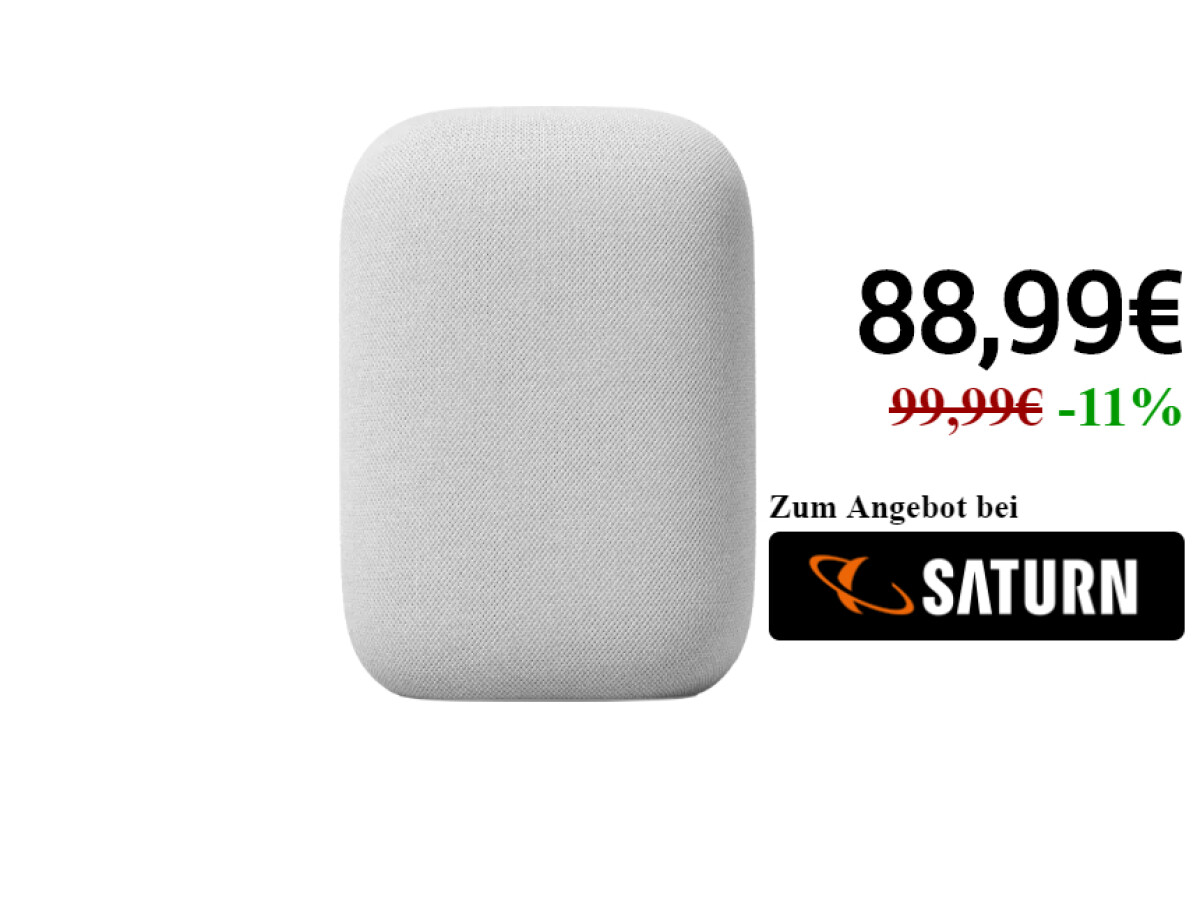I just recently switched to deezer from YoutubeMusic because of the amazing sound quality of the Hi-Fi tier. After about 2-3 Songs the playback just stops, as if I told it to. If I try to request anything after the incident, the Deezer app on the Nest Hub starts and loads for a few seconds then freezes and shuts down/crashes without any messages. Home, Home Mini, Home Max Hook up your Deezer account to your Google Home and Google Nest speakers, and voila! To play music, all you have to do is ask.
© Provided by TechRadar Google Nest Hub (2nd Generation) reviewSign in to the Nest app in your web browser with your Google Account or non-migrated Nest Account. Connect your Nest Thermostats, Nest Cams, Nest Doorbell, or Nest devices and add Nest.

Google’s Nest-branded, screen-enhanced smart home device is into its second iteration and now cheaper than ever. The Google Nest Hub (2nd Gen) has a two-figure price tag and for that offers you a range of new features, including Motion Sense for gesture control, support for Netflix, Disney Plus, YouTube and All 4 TV content, built-in Google Cast functionality, and Sleep Sensing to help you get a decent night’s sleep – courtesy of Google's Soli sensor technology.
The second-generation Nest Hub comes in one extra shade compared to the original (a light blue, although our ‘sand’ colourway is more of a light pink suggestion) and also boasts a step up in the sound department, with a larger, 43.5mm diameter speaker that promises up to 50 per cent more bass. A third mic and on-device machine learning chip make it even more responsive to your beck and call, too. But what’s it really like to use, how does it sound, and is it a good investment?
Build
In an era of smartphones, tablets and laptops with both displays and front and rear snappers, any device that boasts a screen but not a camera is something of a rarity – a bit like an old SatNav device, perhaps. That does the Google Nest Hub a disservice, though, because there’s still plenty of new tech under the hood, and the lack of a snapper is a conscious decision. This is a device aimed squarely at those who want the added benefit of visual smarts afforded by a display but aren’t keen on letting their tech film them.
To put the Google Nest Hub’s 7in (1024 x 600) touchscreen into context, the display real estate is only marginally bigger than the 6.7in one sported by the largest iPhone 12 Pro Max when measured on the diagonal. There’s a white frame just over 1cm deep all the way around the Hub that is nicely curved at the edges, but it is a functional, value screen rather than something you’ll happily sit back and watch movies on.
The display is raised about 2cm from whatever surface the Hub is placed on and mounted at a fixed but sensible viewing angle to its driver-filled plinth. The product feels rock-solid and takes up little more space than a small photo frame or hardback book stood on its spine. The supplied 15W power cable feels premium too, with a novel circular three-pin plug. On the back of the Hub’s screen, there’s a slider button to turn off the three far-field mics along the top edge and volume controls along the right-hand side, all of which are easy to locate and maximise screen space.
Under the plinth’s fabric jacket (the Nest Hub’s plastic components are made from 54 per cent recycled material) sits a full-range speaker with a 4.3cm driver that promises 50 per cent more bass than the original.
The new Google Nest Hub is a static proposition, unlike the most recent Amazon Echo Show 10, and it takes up far less room on a counter or desk. If you want to stay with the Google Assistant, but would like a camera for selfies and video calls, you’ll have to upgrade to the Nest Hub Max, which also boasts a 10in screen – but that is double the price of the Hub we have on test here.
For the money, this Google Nest Hub is already on to a winner. And remember, this model can still access and show you your front door camera – just not your own face.
Features
Set-up is a breeze with the Google Home app on your smartphone, which guides you gently through the process. We link our Spotify, Apple Music, and Deezer accounts, then our All 4, Netflix, YouTube and Disney Plus subscriptions. Say “Okay Google, play Lil Nas X on Deezer” and it obliges. Utter “Okay Google, play Celebrity Bake Off on All 4” and it’s a similar story. Ask Google to find content on YouTube and it presents you either with a YouTube Music track or YouTube proper depending on which best matches your request. Google has upped its game and become a serious contender here – especially when you consider that Amazon products still don’t have Disney Plus ‘skill’ support.
You can also cast music. We open Spotify on our phone, start playing the What Hi-Fi? playlist, tap the bottom left of the screen for available devices, select the Google device and it begins playing on our Hub.
Google clearly sees this particular Nest Hub as a lifestyle aid above all else – it even wants to optimise your sleep. Swiping down from the top of the Hub’s screen gives you a variety of options to scroll through, including your morning, afternoon or evening routines, Wellness, Home control, media (to see a history of what you’ve been watching and listening to, or to get top news stories) Communicate, and Discover.
But the headline-grabber here is Sleep Sensing, which is free to trial on the Hub this year but will come at a cost from 2022. As the Nest Hub includes Google’s Soli sensor for motion detection, plus light and temperature sensors, not only can you stop and resume tracks by simply showing your Hub the palm of your hand, the chip housed within the speaker can tell you how long you slept for and how restful your sleep was.
To set it up, you need the Google Home, Assistant and Google Fit apps, all linked to your Google account. Then, you need to calibrate the Hub by placing it as level with your mattress as possible and aiming it at your torso. Finally, you lie on your bed and wait for it to finish setting-up. Because of the light sensor, the Hub’s screen dims (it just shows the time, like an alarm clock) as soon as you switch off your lights at night. In the morning, under the Wellness tab, you get a review of your night involving three circles to represent Schedule, Quality and Duration. If you went to bed on time (select an ideal bedtime during set-up), slept restfully and caught between seven and nine hours of shut-eye, the circles should be relatively well-aligned to become almost one, and purple. If not, they’ll be scattered and orange.
You’ll also get details on how many times you coughed or snored and for how long, the temperature of your room and your respiratory rate. Is it an invaluable sleep aid? No, but it is quite addictive – and emphatic proof once and for all that your partner snores.
As a voice assistant, there’s a slightly longer lag between our question and Google’s response than with Alexa devices, but the speech that pops up across the top of the screen as you talk lets you know whether your speaker heard you correctly.
Deezer Google Nest Download

Swiping up from the bottom of the Hub’s screen is another easy way to access volume, brightness, alarms and settings.
If you use Google Photos, the Google Nest Hub can display them on your home screen, but instead, we opt for Google’s splendid art gallery slideshow. The screen, which also boasts ambient adaptive brightness, won’t blow you away in terms of resolution, depth and clarity, but it’s more than acceptable for the money.
One mark against the Nest Hub is call handling; it isn’t the Hub’s strongest suit. You can broadcast a message (“Dinner is served!” is a test favourite) from your phone to the Nest Hub, and other members of your household sitting near it, but to make and receive actual calls, the contact has to be set up on Duo, Google’s free video calling app. Remember, you can receive video calls on the Hub from Duo users, but with no camera, the caller won’t be able to see you.
Essentially, making and receiving calls on the Google Nest Hub is possible, but it requires a bit more work than on the Amazon Echo Dot, say, which is remarkably easy to ‘drop in’ on or call, without having to download yet another app.
Sound
You can tweak the bass or treble under the Hub’s audio tab in Settings, but with these set at neutral for our test, we struggle to enjoy the promised bass injection in the updated model.
We rarely venture that a smart speaker can replace your music system sonically, and the Google Nest Hub is no exception. At its maximum volume, the Hub is loud enough to fill your room, but through the top two volume increments of ten, it struggles, sounding compressed through the bass and harsh through the treble.
As a desk, kitchen or bedside speaker, however, it is perfectly acceptable. We stream Coheed and Cambria’s A Favor House Atlantic on Deezer and the tricky and snappy track nips along happily across the frequencies with a relatively generous dollop of texture through the vocals. The album continues to Blood Red Summer and guitars are sensibly handled within a cohesive mix.
Play the same songs on the inexpensive Tribit Audio Stormbox Micro over Bluetooth and there’s more volume and an extra ounce of detail and dynamics. It’s not really a fair comparison – you buy the Nest Hub for its screen, voice response, smart capabilities, ability to control your lights, door camera, thermostat and possibly even to monitor your sleep.

In Montero (Call Me By Your Name) by Lil Nas X, the initial Spanish guitar riff and solo vocal lose a little clarity and detail compared to the Tribit. Timing-wise, it’s decent, but it’s a basic presentation rather than an emotive and involving one.
Verdict
Google is offering something no other manufacturer does – a device with plenty of streaming support, smart skills, motion sensing and sleep monitoring tech at a tempting asking price. Some buyers will actively prefer that there’s a screen but no camera – big brother is not watching you – and while the sound is acceptable rather than great, its usefulness, screen and affordability cannot be denied.
If you want an excellent wireless speaker at this price, the JBL Flip 5 is our winner at the level. If you need a budget voice assistant but no screen, go for the Amazon Echo Dot. But know that here you do get a host of extra features thanks to that Soli motion sensor and of course the screen with decent video service streaming support.
Amazon's Echo Show 10 – a similar smart-speaker-with-screen concept – is almost three times the price and is bigger, beefier, and has a camera. But, unlike the Google Nest Hub, there’s currently no skill support for Disney Plus. Depending on your priorities, that makes the Google Nest Hub a worthy proposition.
SCORES
- Sound 3
- Features 5
- Build 5
MORE:
Deezer Google Nest App

Read our guide to the best smart speakers
Read our Google Nest Hub review
Deezer Sur Google Nest
Read our Amazon Echo Dot (4th Gen) review
Deezer Google Nest Login
Read our Tribit Audio Stormbox Micro review
